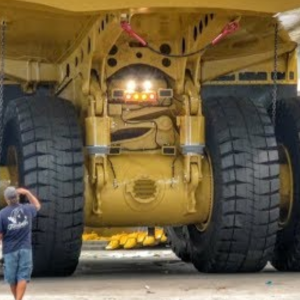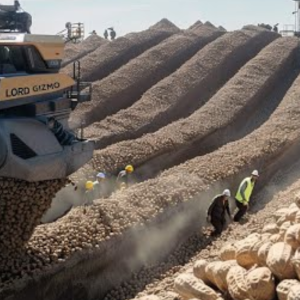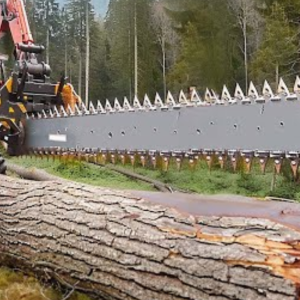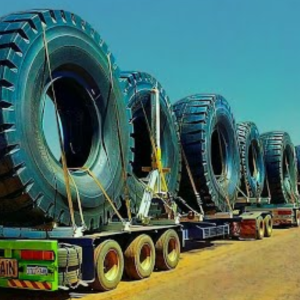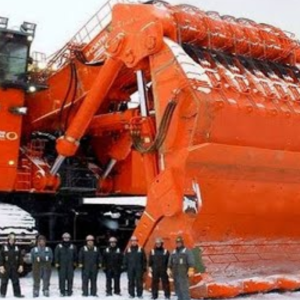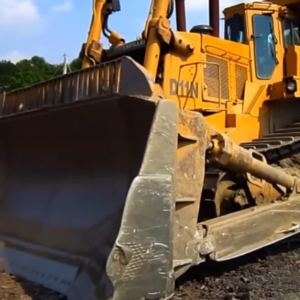 Transporting the biggest oversized loads is a feat of engineering, logistics, and coordination. These colossal undertakings involve meticulous planning, specialized equipment, and expert teams to ensure safe and efficient delivery. Here, we delve into the fascinating world of oversized load transportation and explore how these massive items make their way from point A to point B.
Transporting the biggest oversized loads is a feat of engineering, logistics, and coordination. These colossal undertakings involve meticulous planning, specialized equipment, and expert teams to ensure safe and efficient delivery. Here, we delve into the fascinating world of oversized load transportation and explore how these massive items make their way from point A to point B.
Planning and Permits: The Foundation of Oversized Load Transport
Transporting oversized loads begins with extensive planning. Detailed route surveys are conducted to identify potential obstacles such as low bridges, narrow roads, and weight restrictions. Every inch of the journey is scrutinized to ensure the path can accommodate the load’s size and weight. Acquiring permits is another crucial step, as transporting oversized loads often requires special permissions from local, state, and federal authorities. 
Specialized Equipment: The Backbone of Heavy Transport
Moving massive loads demands specialized equipment designed to handle extreme weights and dimensions. Here are some of the key tools used in these operations:
- Heavy-Duty Trailers: Modular hydraulic trailers are the workhorses of oversized load transport. These trailers can be adjusted and reconfigured to support various load sizes and weights, distributing the weight evenly to prevent road damage.
- Self-Propelled Modular Transporters (SPMTs): These advanced vehicles are equipped with numerous wheels and can move independently. SPMTs are often used for transporting extremely heavy and large structures like bridges and industrial equipment.
- Cranes and Lifting Gear: Loading and unloading oversized items require powerful cranes and lifting equipment. These cranes must be carefully selected based on the weight and dimensions of the load.

Escort Vehicles and Safety Measures: Ensuring a Smooth Journey
Safety is paramount when transporting oversized loads. Escort vehicles, also known as pilot cars, accompany the convoy to manage traffic and navigate through tricky sections of the route. These vehicles are equipped with flashing lights and warning signs to alert other road users. Additionally, police escorts may be required for particularly challenging or high-risk journeys.
Communication and Coordination: The Key to Success
Effective communication is essential in oversized load transport. All team members, from drivers to engineers, must be in constant contact to address any issues that arise during the journey. This coordination ensures that adjustments can be made swiftly, minimizing delays and maintaining safety standards. 
Examples of Oversized Load Transport
- Wind Turbine Blades: Transporting wind turbine blades, which can be over 100 feet long, requires specialized trailers and precise navigation. These blades often travel at night to reduce traffic disruptions.
- Industrial Machinery: Heavy machinery such as turbines and generators are transported using SPMTs. These loads can weigh hundreds of tons and require careful maneuvering through urban and rural areas.
- Bridge Sections: Moving bridge sections involves a combination of heavy-duty trailers and cranes. These loads often necessitate road closures and detours to accommodate their size.
Conclusion: The Art and Science of Oversized Load Transportation
Transporting the biggest oversized loads is a complex and challenging process that showcases the best of engineering and logistics. From meticulous planning and permitting to the use of specialized equipment and expert coordination, every step is crucial in ensuring that these colossal loads reach their destinations safely and efficiently. As technology advances and infrastructure projects grow in scale, the transportation of oversized loads will continue to evolve, pushing the boundaries of what is possible.
